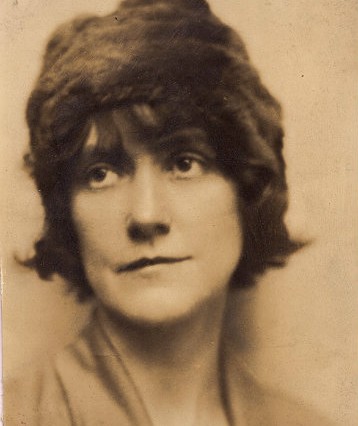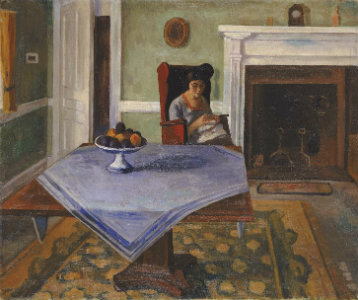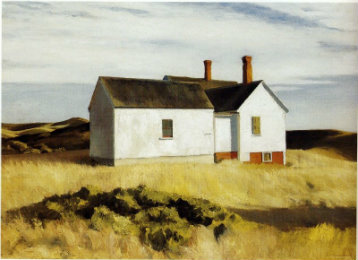How To Use This Discussion Guide
Materials Included | Begin by reading Susan Glaspell’s “A Jury of Her Peers” on our site or in your copy of What So Proudly We Hail.
Materials for this guide include background information about the author and discussion questions to enhance your understanding and stimulate conversation about the story. In addition, the guide includes a series of short video discussions about the story, conducted by Christopher DeMuth (Hudson Institute) with the editors of the anthology. These seminars help capture the experience of high-level discourse as participants interact and elicit meaning from a classic American text. These videos are meant to raise additional questions and augment discussion, not replace it.
Learning Objectives | Students will be able to:
- Debate the elementary civic virtue of law-abidingness and the appropriateness of civil disobedience through reading and comparing Susan Glaspell’s “A Jury of Her Peers” and Abraham Lincoln’s “The Perpetuation of Our Political Institutions;”
- Read closely to determine what the text says explicitly and to make logical inferences from it;
- Cite specific textual evidence when writing or speaking to support conclusions drawn from the text;
- Determine central ideas or themes of a text and analyze their development
- Summarize the key supporting details and ideas;
- Analyze how and why individuals, events, and ideas develop and interact over the course of a text;
- Interpret words and phrases as they are used in a text, including determining technical, connotative, and figurative meanings, and analyze how specific word choices shape meaning or tone;
- Delineate and evaluate the argument and specific claims in a text, including the validity of the reasoning and the relevance and sufficiency of the evidence; and
- Analyze how two or more texts address similar themes or topics to build knowledge or to compare the approaches the authors take.
Common Core State Standards Addressed | Literacy in History/Social Studies:
- RH.9-10.1, RH.9-10.2, RH.9-10.3, RH.9-10.5, RH.9-10.8, RH.11-12.1, RH.11-12.2, RH.11-12.4
English Language Arts:
- RL.9-10.1, RL.9-10.2, RL.9-10.3, RL.9-10.4, RL.11-12.1, RL.11-12.3, RL.11-12.4, RL.11-12.5
Writing Prompts | Based on Common Core Standards in English Language Arts and Literacy in History/Social Studies:
- Do you approve of the women’s decision to withhold the evidence? If the person killed were a brother of yours, would your answer be different? After reading “A Jury of Her Peers,” write a narrative from the perspective of a friend or family member of the deceased Mr. Wright.(Narrative/Description; Task 27)
- One commentator suggests that, in the story, the men—concentrating on the external deed and the visible evidence—are practitioners of human justice, whereas the women—seeing more deeply into the minds and hearts, and effectively practicing mercy and forgiveness—are practitioners of something more like divine justice (and mercy). Assuming that this description has some merit, do you think that it is good for human justice—the “law is the law”—and for the political community to be modified by the intrusion of elements of God’s justice (with its emphasis on mercy and forgiveness)? After reading “A Jury of Her Peers,” write an essay that compares human and divine justice, and argues for the suitability of one over the other in our legal system. Be sure to support your position with evidence from the text. (Argumentation/Comparison; Task 4)
- Should the principle for jury selection be impartiality in judgment (the Sixth Amendment’s guarantee) or equality of discernible traits (choosing “peers” of the same sex, race, class as the accused)? After reading “A Jury of Her Peers” and the Sixth Amendment, write a position paper that addresses the question and support your position with evidence from the text. Be sure to acknowledge competing views. Give examples from past or current events or issues to illustrate and clarify your position. (Argumentation/Analysis; Task 2)







Post a Comment